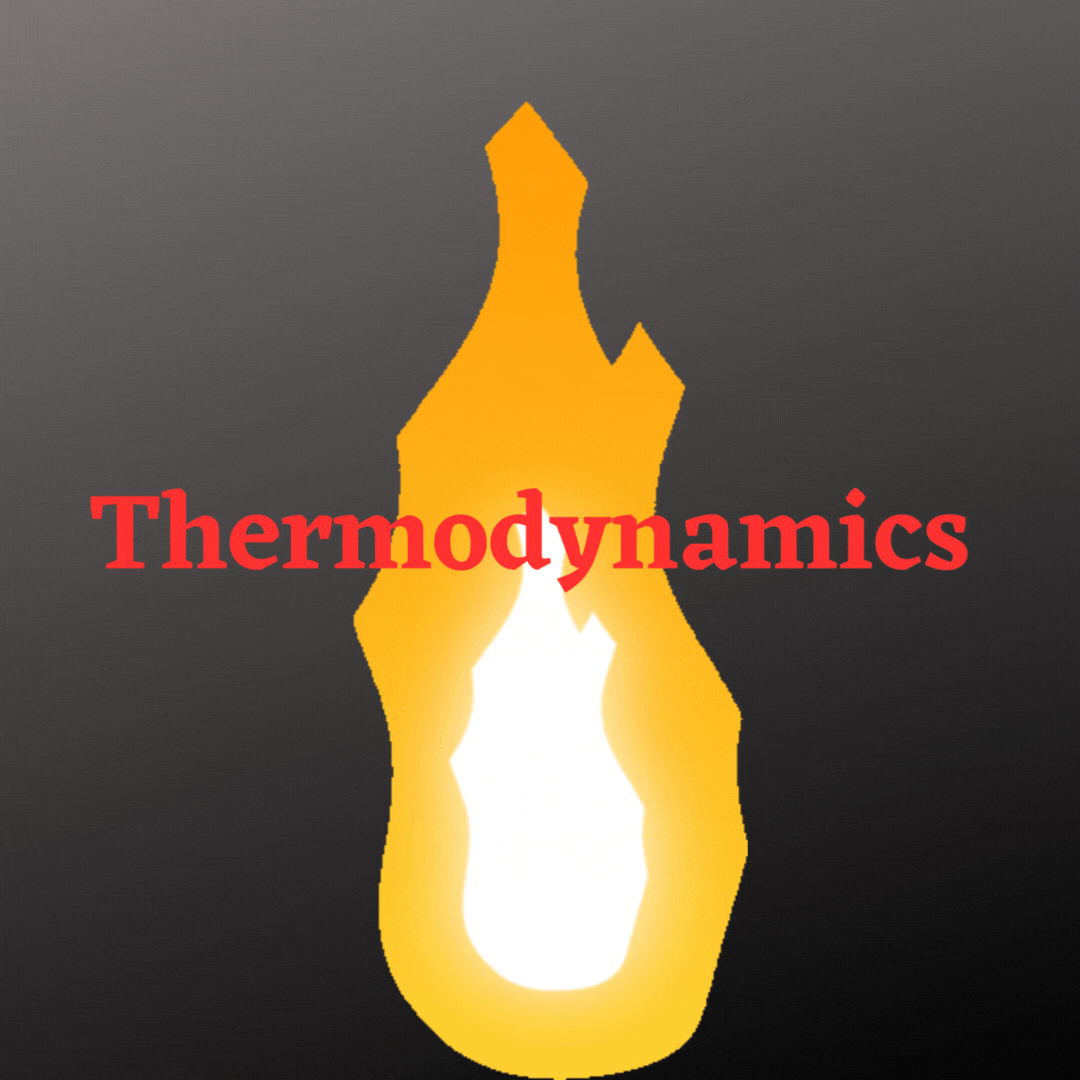- Which of the following factors does NOT affect the rate of a chemical reaction?
a) Temperature
b) Concentration of reactants
c) Presence of a catalyst
d) Phase of the reactants - The unit of the rate constant (k) for a first-order reaction is:
a) mol/L
b) L/mol·s
c) s^-1
d) mol·L^-1·s^-1 - The half-life of a first-order reaction is independent of:
a) Initial concentration of reactant
b) Temperature
c) Presence of a catalyst
d) Pressure - A reaction that occurs in a single step is called:
a) Elementary reaction
b) Complex reaction
c) Unimolecular reaction
d) Bimolecular reaction - Which of the following is an example of a second-order reaction?
a) Decomposition of ozone (O3)
b) Hydrolysis of ester
c) Decomposition of hydrogen peroxide (H2O2)
d) Radioactive decay - The rate of a reaction is directly proportional to the concentration of the reactants raised to the power of their respective coefficients in the balanced chemical equation. This is a statement of:
a) Le Chatelier’s principle
b) The law of mass action
c) The Arrhenius equation
d) The ideal gas law - The activation energy of a reaction can be determined from:
a) The rate constant
b) The rate of reaction at a specific temperature
c) The change in Gibbs free energy
d) The rate equation - Which of the following factors will increase the rate of a chemical reaction?
a) Decreasing temperature
b) Decreasing surface area of reactants
c) Increasing concentration of reactants
d) Decreasing pressure - The rate of a reaction depends on the temperature according to:
a) Arrhenius equation
b) Boyle’s law
c) Gay-Lussac’s law
d) Avogadro’s law - Which of the following is NOT a factor that affects reaction rate?
a) Nature of reactants
b) Catalysts
c) Concentration of reactants
d) Volume of the container - In a zero-order reaction, the rate of reaction is:
a) Proportional to the concentration of the reactant
b) Independent of the concentration of the reactant
c) Inversely proportional to the concentration of the reactant
d) Equal to the sum of the concentrations of the reactants - The order of a reaction is determined by:
a) The stoichiometric coefficients of the reactants
b) The rate constant
c) The activation energy
d) The temperature - Which of the following statements is true for a catalyst?
a) It changes the equilibrium constant of a reaction.
b) It increases the activation energy of a reaction.
c) It is consumed during the reaction.
d) It speeds up the reaction without being consumed. - The rate of a chemical reaction can be determined experimentally by measuring the:
a) Initial concentration of reactants
b) Equilibrium constant
c) Change in temperature
d) Rate of product formation or reactant consumption - A reaction has a rate constant of 0.05 L/mol·s. If the initial concentration of the reactant is 0.1 mol/L, what is the initial rate of the reaction?
a) 0.005 L/s
b) 0.005 mol/L·s
c) 0.5 L/s
d) 0.5 mol/L·s - Which of the following is a unit of reaction rate?
a) L/mol
b) L/mol·s
c) L^2/mol^2
d) L·mol/s - The rate of a reaction can be determined from the slope of the:
a) Tangent line to the concentration-time graph
b) Secant line to the concentration-time graph
c) Integral of the concentration-time graph
d) Area under the concentration-time graph - The order of a reaction with respect to a particular reactant can be determined by:
a) Looking at the balanced chemical equation
b) Performing experiments with different initial concentrations of that reactant
c) Calculating the rate constant
d) Consulting a reference book - Which of the following factors does NOT affect the rate of a reaction?
a) Surface area of reactants
b) Temperature
c) Pressure
d) Presence of an inert gas - The rate of a reaction is doubled when the temperature is increased from 25°C to 35°C. What is the approximate activation energy of the reaction?
a) 8.31 J/mol·K
b) 62.5 J/mol
c) 20.7 J/mol·K
d) 20.7 kJ/mol
Key for MCQ


